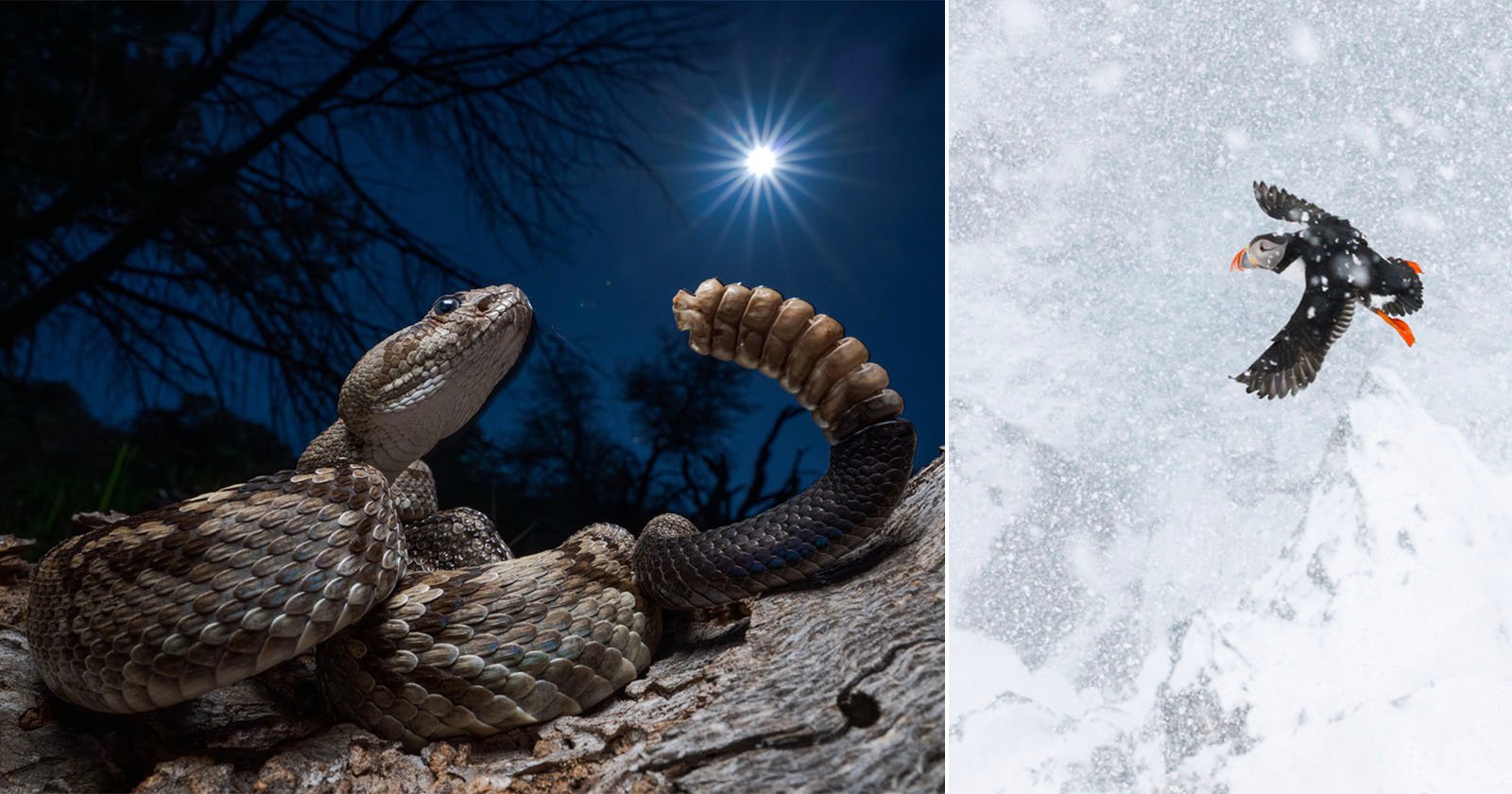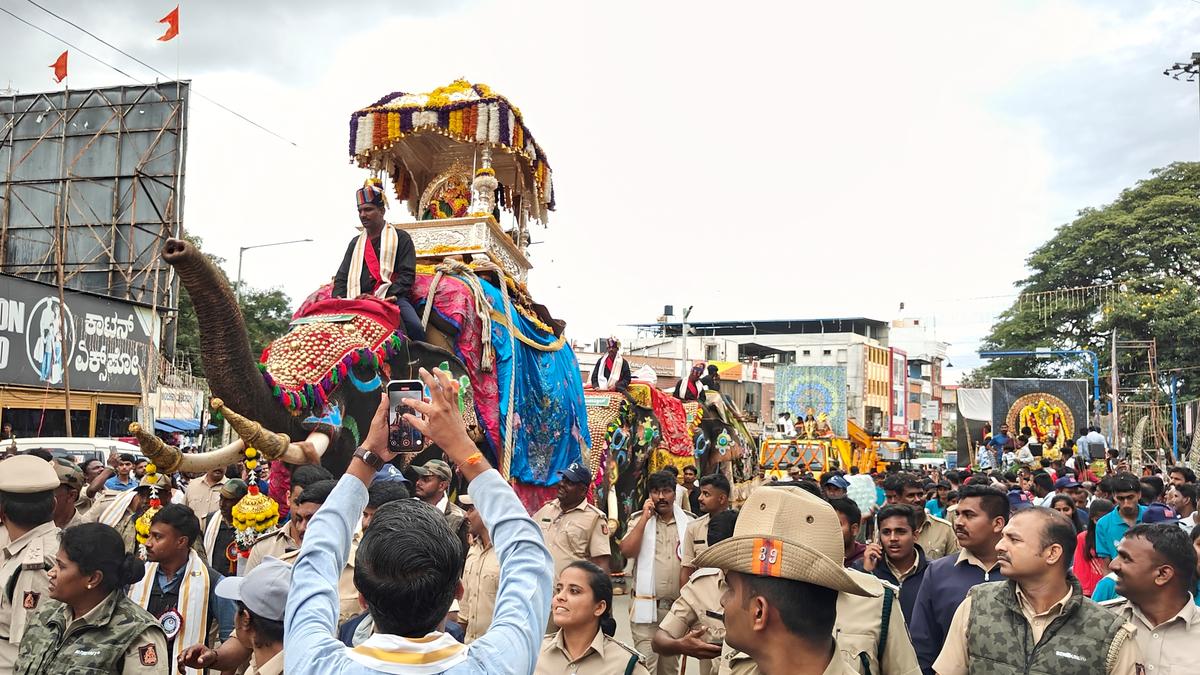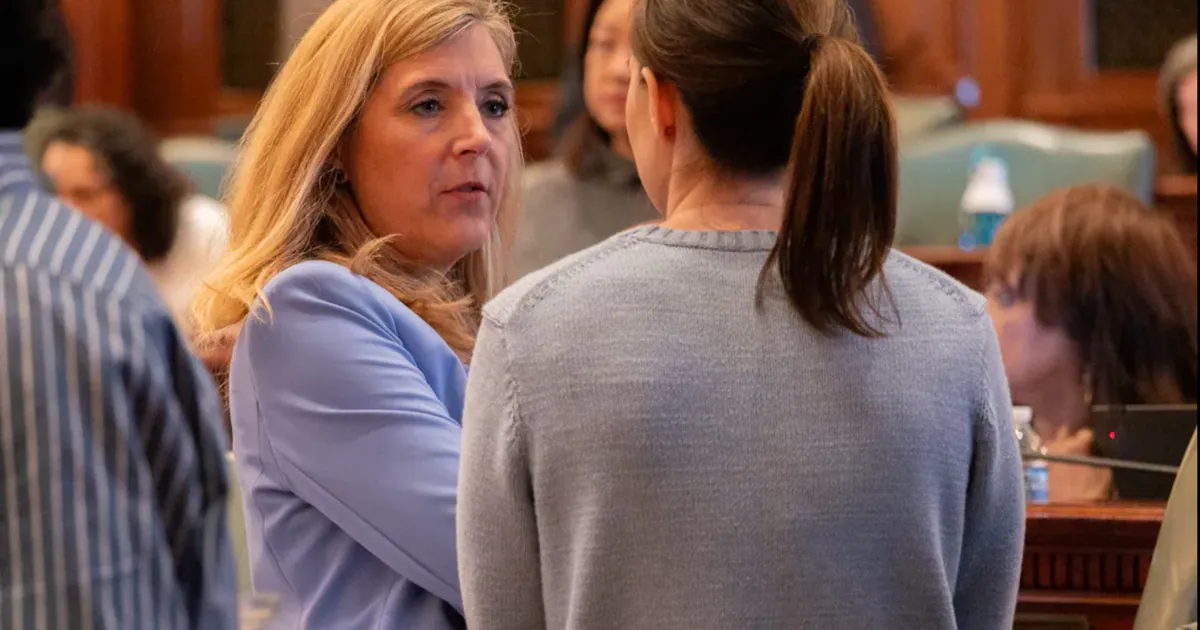
Alongside the Rewilding Europe Award winners unveiled yesterday, the German Society for Nature Photography (GDT) recently announced the winner of its annual Fritz Pölking Prize, named for the late award-winning German nature photographer and writer, who passed away in 2007 at 71 years old.
The Fritz Pölking Prize is awarded annually to recognize portfolios of photos that demonstrate rigorous engagement with a compelling nature photography subject or story. Winning portfolios exhibit exceptional technical and artistic achievement.
In the case of this year’s winners, Javier Aznar and Tobias Gjerde, the subjects could hardly be more different.
Spanish professional photographer Aznar’s award-winning project, “Love, hate and rattlesnakes,” focuses on rattlesnakes, particularly in the American West, and how people’s relationships with the venomous reptiles vary, ranging from cultural significance for indigenous peoples to vitriol in the modern age that has nearly wiped some rattlesnakes from the United States altogether.
Meanwhile, the winner of the Fritz Pölking Junior Prize 2025, Norwegian 22-year-old Tobias Gjerde, focuses on a very different harsh climate: the Arctic. His series, “Norwegian winter,” captures the beautiful stillness and inhospitable brutality of winter, as well as the animals that survive its cold embrace.
Fritz Pölking Prize 2025 Winner, Javier Azar — ‘Love, hate and rattlesnakes’
Spanish professional photographer and Sony Imaging Ambassador Javier Aznar is an Associate Fellow in the International League of Conservation Photographers (ILCP). As such, it is little surprise that his award-winning series focuses on the conservation efforts surrounding rattlesnakes, and how people’s varied relationships with the animals influence how they are treated, viewed, and protected in different regions.
The captivating, powerful photo series reflects upon how rattlesnakes have been at once revered and reviled. People often approach snakes, but especially venomous ones, with significant fear and prejudice, which dramatically affects whether snakes are provided safety or hunted to near extinction.
Extirpated from some states altogether, numerous rattlesnake species live on the brink, and some remain actively, legally hunted to this day. For example, the Sweetwater Jaycee’s World’s Largest Rattlesnake Round-Up is held annually on the second full weekend in March in Sweetwater, Texas. It draws tens of thousands of visitors, and people enter to hunt for over 20,000 pounds of rattlesnakes. Hunters collect snakes for their skin, venom, and meat, often employing brutal methods to do so.
However, some rattlesnake round-ups have shifted over the years from hunting to education, capturing snakes for study and release back into the wild.
Aznar’s photo story reflects the entire spectrum of how people view and treat rattlesnakes in the United States, and emphasizes the vital ecological role that snakes play. Of course, snake venom is also essential, as it has tremendous medicinal benefits and can even be used to treat severe conditions like cancer.
There is always a delicate balance when it comes to interacting with wildlife, and conservationists are working hard to ensure that rattlesnakes are protected, misinformation is dispelled, and people’s views toward snakes are changed.
Fritz Pölking Junior Prize 2025 Winner, Tobias Gjerde — ‘Norwegian winter’
Tobias Gjerde is a 22-year-old photographer, student, and soldier from Oslo, Norway. He fell in love with the Nordic wilderness at a young age, especially during the harsh Norwegian winters. An economics student and combat photographer in the Norwegian Army’s Arctic Ranger Battalion, Gjerde brings a creative passion to his nature photography. As of 2025, he is working on mini-documentaries and producing behind-the-scenes videos of wildlife photography work.
His project, “Norwegian winter,” captures winter in the Scandinavian north, from its tranquil beauty to its raging storms. Winter there is as aesthetically pleasing as it is unforgiving, and Gjerde expertly captures both sides.
His primary focus is on the animals, who, unlike humans in the area, have no choice but to stay outside and withstand the worst that winter has to offer. As Gjerde says, “They must endure whatever conditions nature doles out.”
“To survive the extreme challenges of the Norwegian winter, [animals] must be extraordinarily resilient and highly adapted,” Gjerde says. “With my images, I strive to capture this admirable resilience — and do justice to the remarkable creatures that brave the Nordic winter.”
More From This Year’s Fritz Pölking Prize Winners
Additional images from both Aznar’s and Gjerde’s award-winning series are available on the German Society for Nature Photography website. Each photographer’s work will also be exhibited alongside the other winners from GDT’s numerous photography competitions at the upcoming International Nature Photography Festival in Lünen, Germany. The festival takes place from October 24 to 26.



